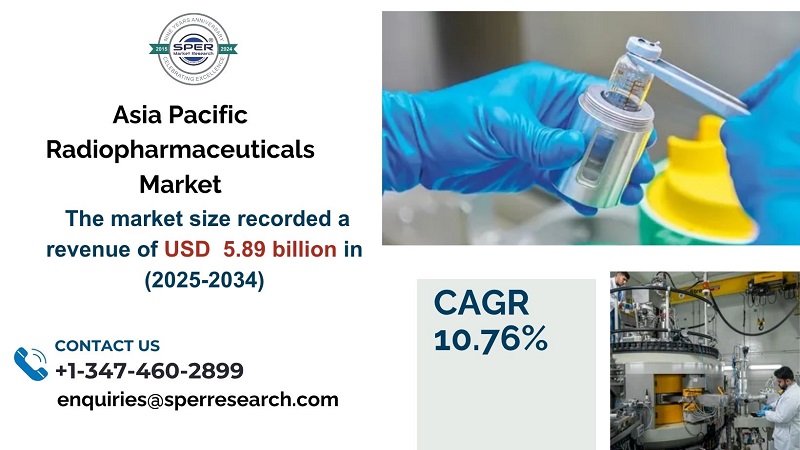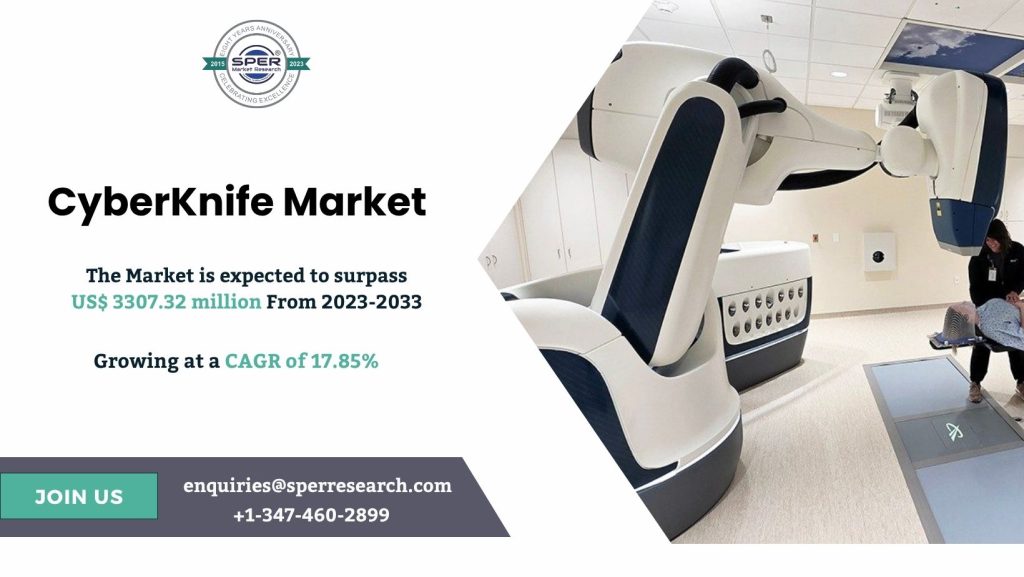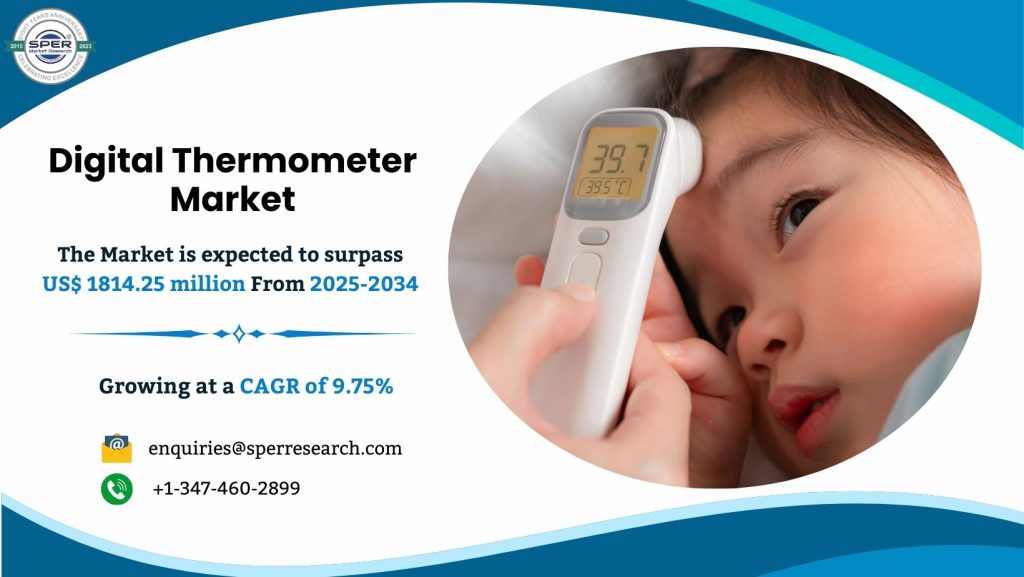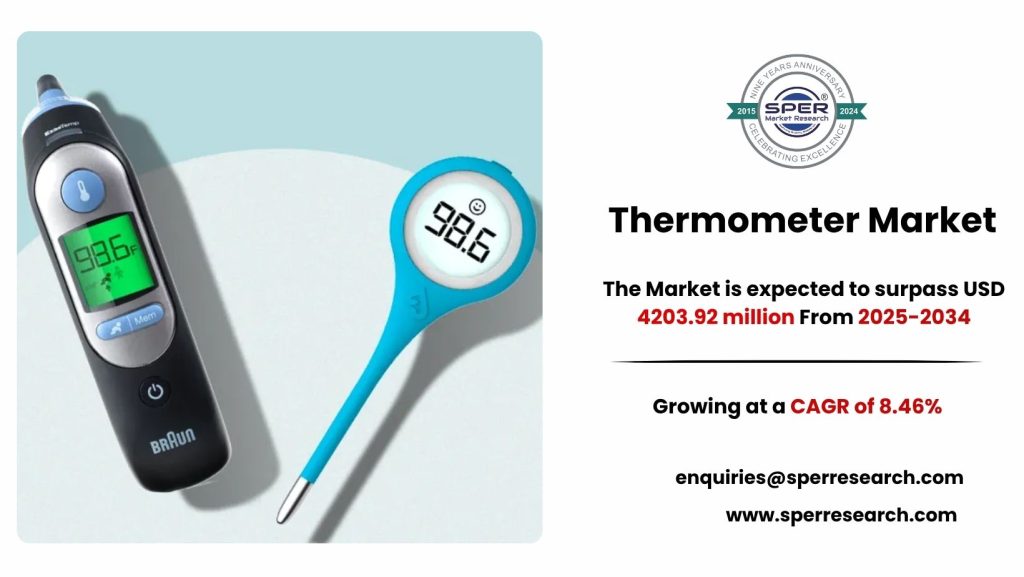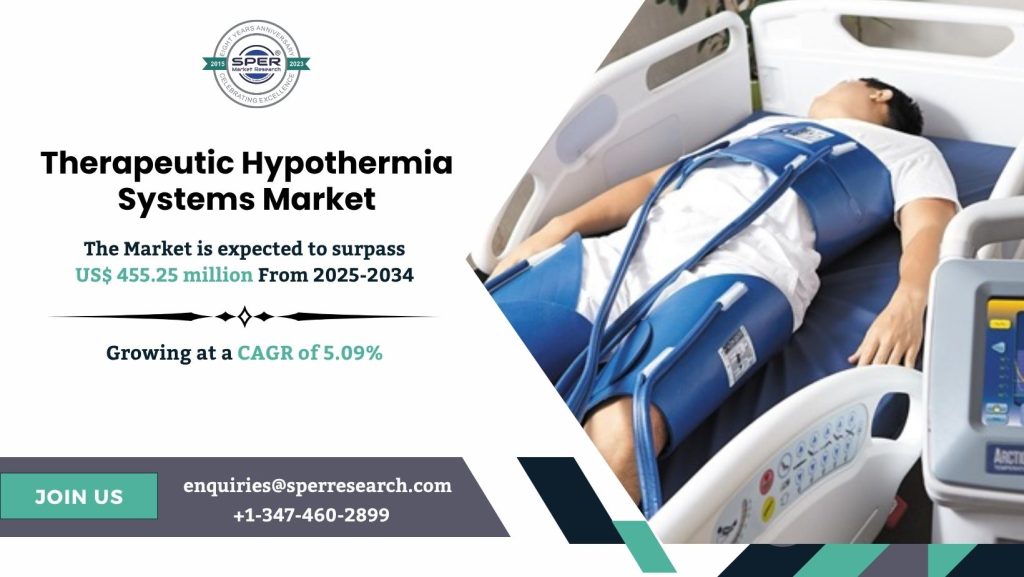The radiopharmaceuticals market is the industry that creates, produces, and distributes radioactive compounds, which are primarily used to diagnose and cure diseases. These chemicals, known as radiopharmaceuticals, combine a radioactive isotope and a physiologically active molecule to target specific organs, tissues, or cells in the body. They are widely employed in nuclear medicine and play an important part in imaging techniques such as PET and SPECT scans, as well as targeted cancer treatments. Advances in medical imaging, rising cancer prevalence, and increased desire for personalised therapy are driving the market, making radiopharmaceuticals an essential component of modern healthcare.
According to SPER market research, ‘Asia Pacific Radiopharmaceuticals Market Size- By Product, By Application, By End User – Regional Outlook, Competitive Strategies and Segment Forecast to 2034’ state that the Asia Pacific Radiopharmaceuticals Market is predicted to reach 5.89 billion by 2034 with a CAGR of 10.76%.
Drivers:
The Asia-Pacific radiopharmaceuticals market is quickly growing due to a multitude of factors. The increasing prevalence of cancer, cardiovascular illness, and neurological issues necessitates sophisticated diagnostic and treatment methods. Modern imaging techniques such as PET, SPECT, and PET/CT are becoming more popular across the region as a result of technological advancements and improved healthcare infrastructure. India, China, Japan, and Australia are developing domestic isotope production and distribution infrastructure. Furthermore, government initiatives, rising healthcare spending, and developing medical tourism in countries such as Thailand and Singapore are propelling market growth, confirming Asia-Pacific’s place as a key region in nuclear medicine.
Request a Free Sample Report: https://www.sperresearch.com/report-store/asia-pacific-radiopharmaceuticals-market?sample=1
Restraints:
Several constraints limit the growth of the Asia-Pacific radiopharmaceuticals market. Radiopharmaceuticals are expensive due to the high manufacturing costs associated with cyclotrons, reactors, and stringent quality controls. Regulatory complexity and stringent safety standards cause product approvals to be delayed and operational burdens to rise. The market also confronts supply chain constraints, such as isotope scarcity and logistical challenges, particularly in remote places. Furthermore, there is a shortage of educated nuclear medicine experts to perform and interpret diagnostic tests. Radiation safety concerns, as well as the need for safe handling and transportation of radioactive materials, further limit broad use. Collectively, these constraints limit the market’s expansion and accessibility.
Japan dominated the market because of its considerable pharmaceutical research and development efforts. The government’s emphasis on education and research, particularly in healthcare technology and services, has accelerated this growth. Japan is substantially investing in radiopharmaceutical research and development, including the establishment of specific research institutes and centres, as well as support for AI-related projects. Some of the key market players are Nordion Inc, Bracco, IRE – IRE ELiT – BE, NTP, ANSTO, ECZACIBAŞI-MONROL, Lantheus, and others.
For More Information, refer to below link: –
Asia Pacific Radiopharmaceuticals Market Share
Related Reports:
Melanoma Therapeutics Market Growth
Plantar Fasciitis Treatment Market Growth
Follow Us –
LinkedIn | Instagram | Facebook | Twitter
Contact Us:
Sara Lopes, Business Consultant — USA
SPER Market Research
enquiries@sperresearch.com
+1–347–460–2899
